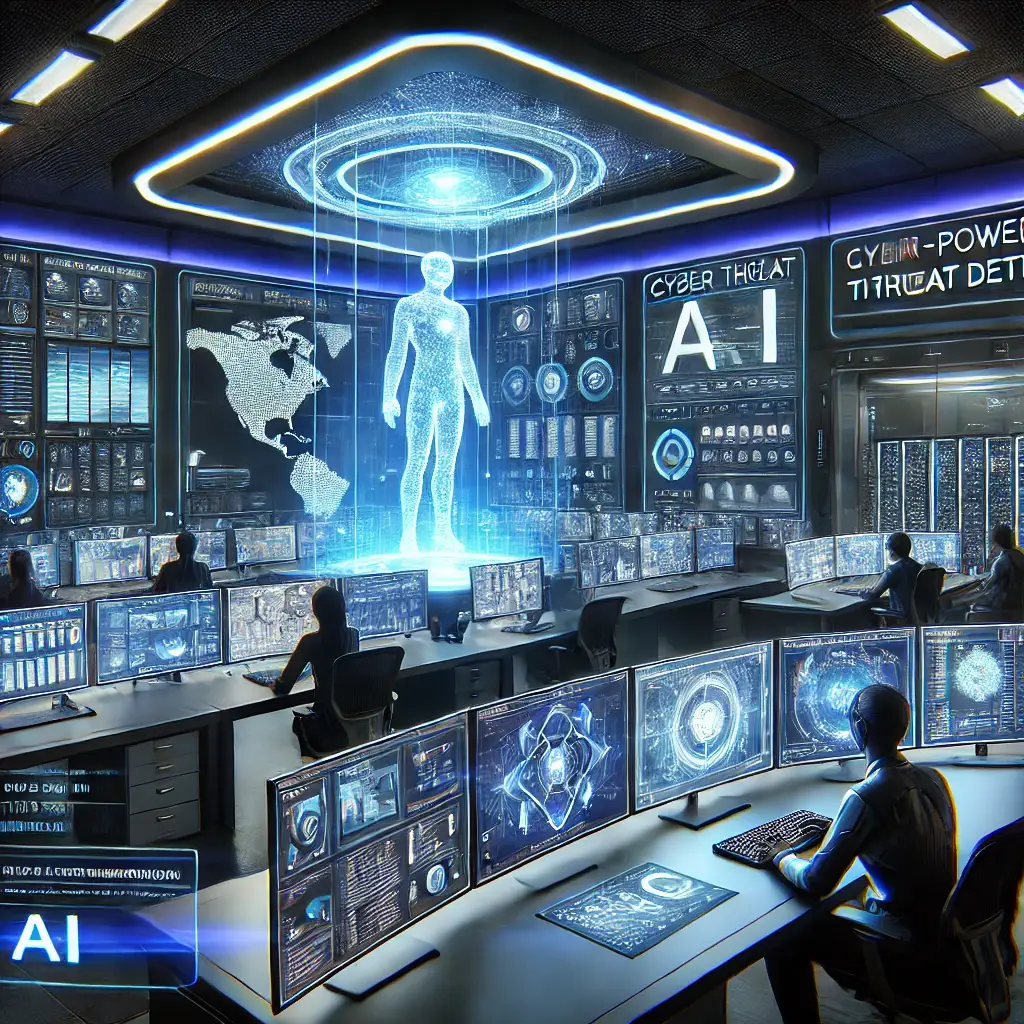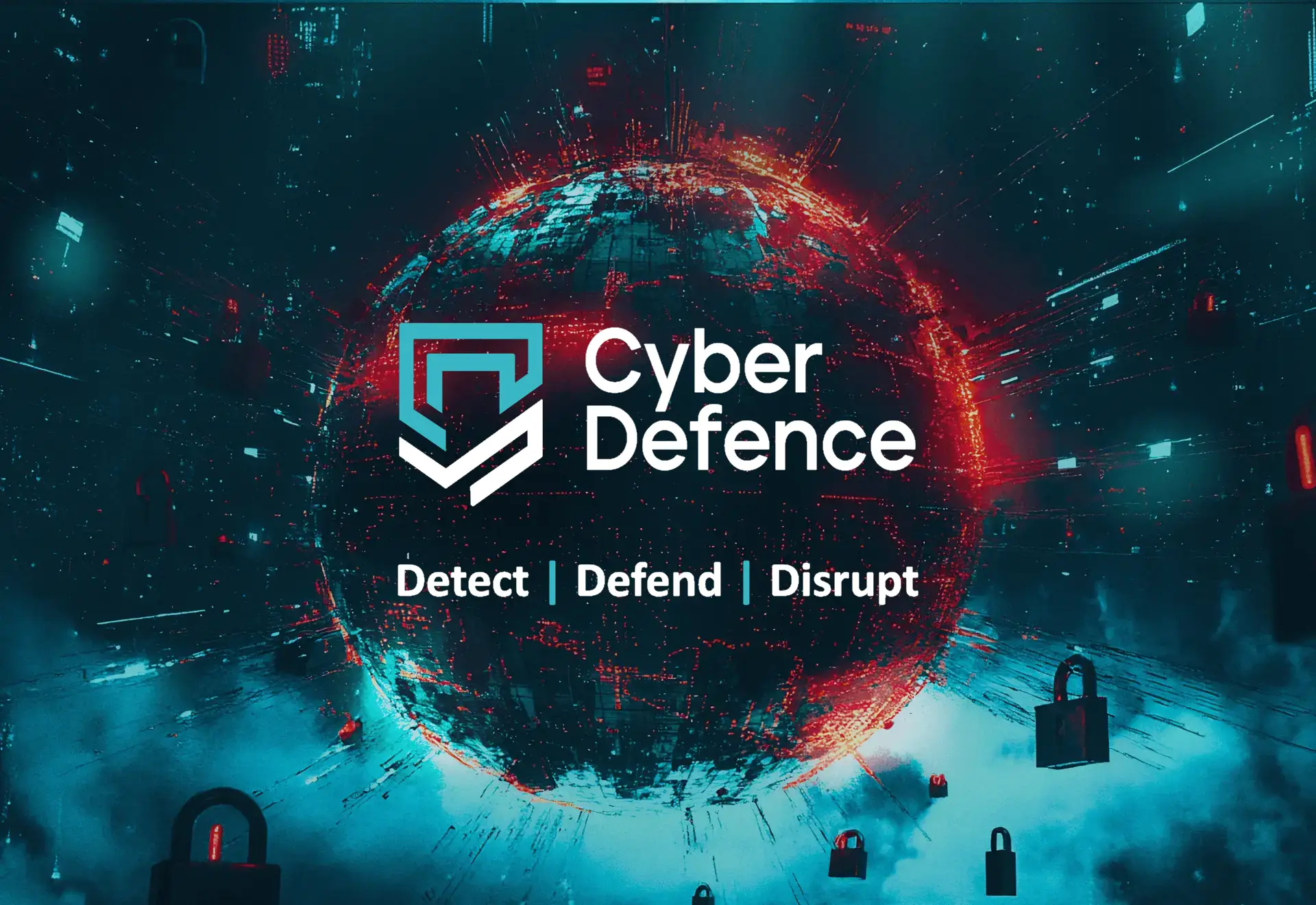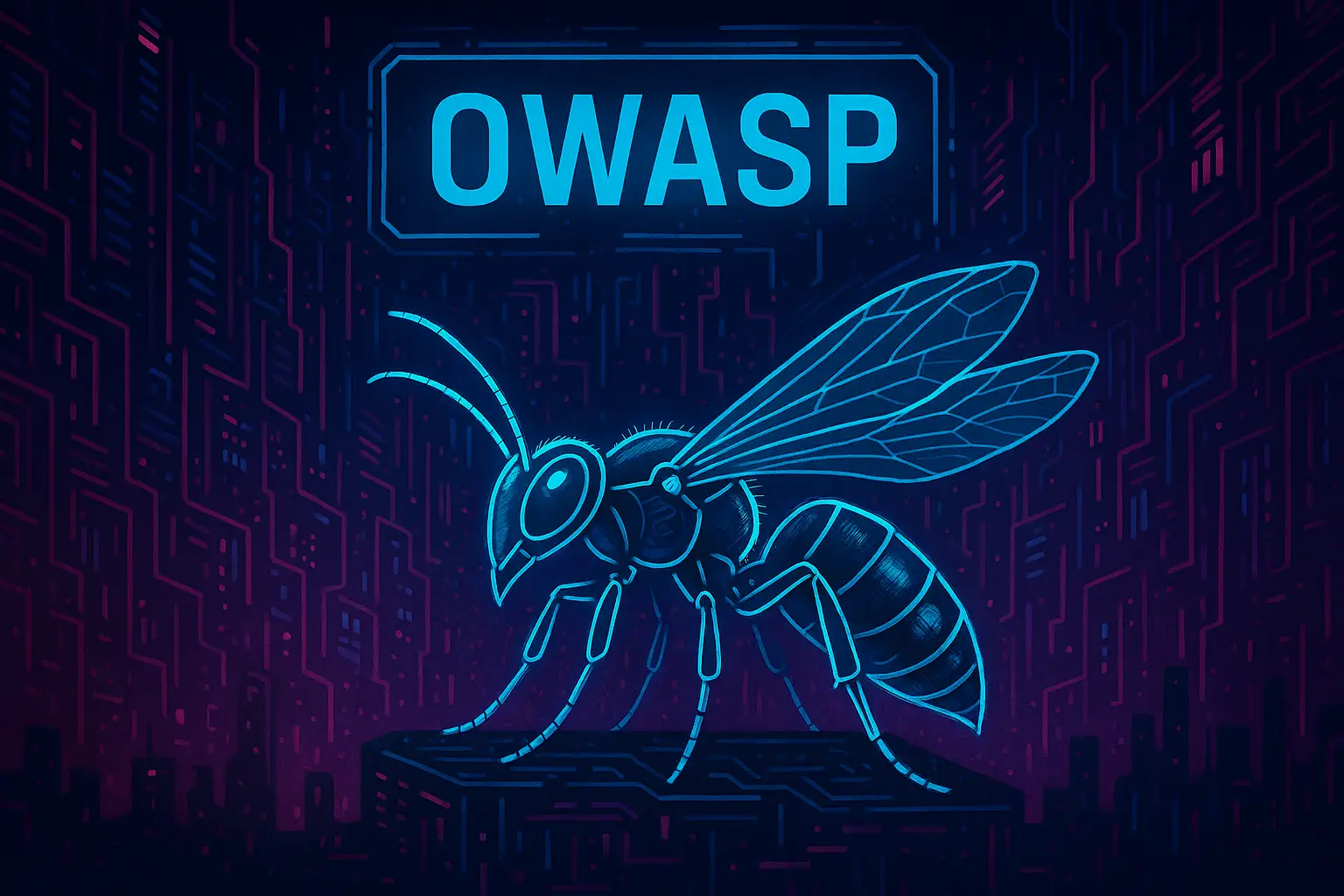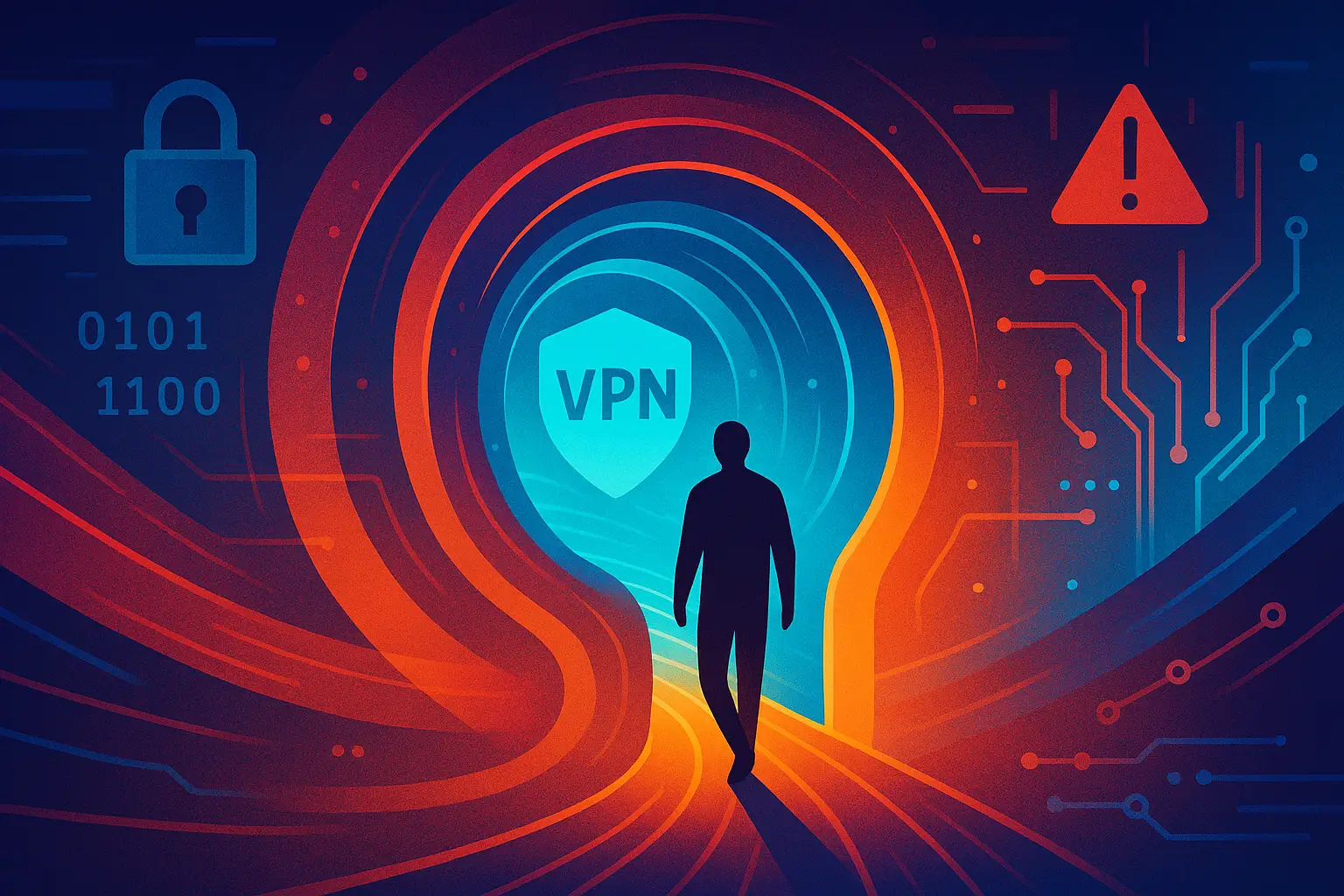Businesses today face constant cyber threats, with data breaches appearing in the news almost daily. Because of this, security teams struggle to keep up with the high number of threats and tasks, making traditional Security Operations Centres (SOCs) less effective. The answer? AI-powered SOCs, also known as SOC 3.0.
With this approach, SOC 3.0 shifts security operations from reactive to proactive by using artificial intelligence. AI reduces workload, improves threat detection, and speeds up incident response. In this article, we look at how SOCs have evolved and how AI is changing cyber defence.
The Evolution of SOC: From Manual to AI-Powered Security
Over time, SOCs have gone through three major changes:
- SOC 1.0 – Manual SOCs
- SOC 2.0 – Partly automated SOCs
- SOC 3.0 – AI-powered SOCs
To see how AI has improved security, we examine how each version has handled key tasks:
- Alert triage and response
- Threat detection & correlation
- Threat investigation
- Data processing
SOC 1.0: The Manual SOC
Challenges of Early SOCs
At first, SOCs depended on manual work. Analysts spent hours reviewing alerts, adjusting rules, and handling security threats. Also, security teams kept response plans in documents like SharePoint, requiring analysts to follow written steps for every incident.
SIEM Limits & Rule-Based Detection
Early Security Information and Event Management (SIEM) tools like Wazuh, QRadar, ArcSight, and Splunk introduced rule-based detection. However, manually setting up these rules was time-consuming and often led to false positives or missed threats.
Manual Threat Investigation & Data Processing
Investigating threats was slow and required experienced analysts to sort through logs. Adding new data sources to SIEMs took weeks to configure, leading to delays in identifying and handling attacks.
SOC 2.0: The Partly Automated SOC
Automation & SOAR Implementation
To improve efficiency, Security Orchestration, Automation, and Response (SOAR) platforms automated some processes. This allowed analysts to handle alerts faster by automating common responses.
XDR & Better Threat Correlation
Extended Detection and Response (XDR) tools improved SIEMs by integrating data from multiple security sources. Solutions like Microsoft Sentinel and Exabeam helped detect threats more effectively by providing pre-built rules.
Improved Data Handling
New SIEM tools made it easier to manage and store security data. Platforms like Cribl helped reduce costs by streamlining how organisations store and access logs.
Despite these advancements, SOC 2.0 still required significant manual work. Analysts had to monitor automation tools, fine-tune detection rules, and conduct in-depth investigations.
SOC 3.0: The AI-Powered SOC
AI-Driven Threat Response
SOC 3.0 introduces artificial intelligence to automate alert triage and response. AI-powered SOCs analyse large datasets to prioritise threats, reducing the workload for security teams. AI also improves detection accuracy, leading to fewer false positives.
Instead of relying on fixed response steps, AI suggests and applies solutions dynamically. Analysts can review AI decisions and fine-tune responses, leading to faster and more effective security operations.
Automated Threat Detection & Investigation
AI improves security by automating investigations. Advanced tools can connect thousands of security events instantly, helping analysts focus on the most important threats. This reduces Mean Time to Detect (MTTD) and Mean Time to Respond (MTTR), allowing security teams to act before attacks cause damage.
Better Data Management & Cost Savings
SOC 3.0 uses distributed data storage instead of relying on costly SIEM storage. AI-powered tools analyse logs across different storage locations, cutting costs and avoiding vendor lock-in.
Why AI-Powered SOCs Are the Future of Cybersecurity
Benefits of SOC 3.0
- Faster threat response – AI reduces manual work and improves reaction times.
- Smarter threat detection – Machine learning improves accuracy and reduces false alarms.
- Better investigations – AI speeds up security analysis, giving analysts clearer insights.
- Lower costs & more flexibility – Distributed storage cuts SIEM costs and prevents vendor lock-in.
Cyber Defence: Leading the AI-Powered SOC Revolution
At Cyber Defence, we drive AI-powered security operations with our SOC365 platform. Our AI-enhanced threat detection, automated investigations, and cost-effective log management help businesses stay ahead of cyber threats.
Want to see AI-powered security in action? Contact Cyber Defence today to upgrade your security operations.
Organisations today face relentless cyber threats, with high-profile breaches making headlines almost daily. As a result, security teams are overwhelmed by the sheer volume of threats and security tasks, making traditional Security Operations Centres (SOCs) inefficient. The solution? AI-powered SOCs, also known as SOC 3.0.
Therefore, SOC 3.0 transforms security operations from a reactive model to a proactive, AI-driven strategy. By integrating artificial intelligence into security workflows, SOCs can dramatically reduce analyst workload, enhance threat detection, and improve incident response times. In this article, we explore the evolution of SOCs and how AI-driven security is shaping the future of cyber defence.
The Evolution of SOC: From Manual to AI-Driven Security
Over time, the SOC has undergone three major transformations:
- SOC 1.0 – Traditional, manual SOCs
- SOC 2.0 – Partly automated SOCs
- SOC 3.0 – AI-driven SOCs
To fully understand the impact of AI in security operations, we analyse how each phase has handled key SOC functions:
- Alert triage and remediation
- Detection & correlation
- Threat investigation
- Data processing
SOC 1.0: The Traditional, Manual SOC
Challenges of Traditional SOCs
In the beginning, SOCs relied heavily on manual processes. Analysts spent hours triaging false positives, fine-tuning rules, and manually remediating threats. Additionally, security teams documented Standard Operating Procedures (SOPs) in static repositories like SharePoint, requiring analysts to follow step-by-step instructions for incident response.
SIEM Limitations & Rule-Based Detection
At this stage, Security Information and Event Management (SIEM) solutions like QRadar, ArcSight, and Splunk introduced rule-based detection. However, manually crafted correlation rules were prone to false positives and negatives. Consequently, maintaining these rules was time-consuming and required highly skilled personnel.
Manual Threat Investigation & Data Processing
Furthermore, investigating threats required senior analysts to manually sift through logs and data sources. The process was slow, reactive, and inefficient. Moreover, integrating new data sources into SIEMs required custom parsing rules and weeks of configuration, leading to delays in detection and response.
SOC 2.0: The Partly Automated SOC
Automation & SOAR Implementation
To address these challenges, the introduction of Security Orchestration, Automation, and Response (SOAR) platforms allowed for automated alert enrichment and response playbooks. As a result, analysts could automate common remediation tasks, reducing response times and increasing efficiency.
XDR & Improved Threat Correlation
In addition, Extended Detection and Response (XDR) solutions enhanced SIEM capabilities, integrating data across multiple security layers. These tools, including Microsoft Sentinel and Exabeam, provided out-of-the-box threat detection rules, reducing reliance on manually created queries.
Data Processing Enhancements
Moreover, modern SIEMs introduced better integrations and log management capabilities. Solutions like Cribl allowed organisations to optimise data routing, reducing storage costs while maintaining visibility into security events.
Despite these improvements, SOC 2.0 still required significant human intervention. Therefore, analysts had to review and refine automation workflows, maintain detection rules, and manually investigate sophisticated threats.
SOC 3.0: The AI-Powered SOC
AI-Powered Triage & Remediation
To revolutionise security operations, SOC 3.0 introduces artificial intelligence to handle alert triage and response. AI-driven SOCs analyse vast datasets to classify and prioritise threats, reducing analyst workload. In fact, machine learning models continuously refine detection algorithms, ensuring higher accuracy with fewer false positives.
Rather than relying on static playbooks, AI dynamically suggests and executes remediation actions. Consequently, analysts oversee and validate AI-driven decisions, refining the system over time. This results in faster response times and improved threat mitigation.
Automated Threat Detection & Investigation
Furthermore, AI transforms security operations by automating threat investigations. Advanced models correlate thousands of security events in real-time, surfacing the most relevant insights. As a result, this reduces Mean Time to Detect (MTTD) and Mean Time to Respond (MTTR), allowing security teams to proactively address threats.
Cost-Effective Data Management & Distributed Storage
At the same time, SOC 3.0 leverages distributed data lakes, reducing reliance on expensive SIEM storage. AI-driven query engines allow organisations to analyse security data across multiple sources without centralising logs, reducing costs and eliminating vendor lock-in.
Why AI-Powered SOCs Are the Future of Cybersecurity
Benefits of SOC 3.0
- Automated threat triage & remediation – AI reduces manual workload and speeds up response times.
- Adaptive detection & real-time threat correlation – Machine learning continuously improves detection accuracy.
- AI-augmented investigations – Analysts gain instant insights into security incidents, improving efficiency.
- Cost optimisation & vendor flexibility – Distributed data lakes reduce SIEM costs and prevent vendor lock-in.
Cyber Defence: Leading the AI-Powered SOC Revolution
At Cyber Defence, we pioneer AI-driven security operations through our SOC365 platform. Because of our AI-enhanced detection, automated investigations, and cost-efficient log management, we help organisations strengthen their cyber resilience.
Want to see AI-powered security in action? Contact Cyber Defence today to transform your security operations.






